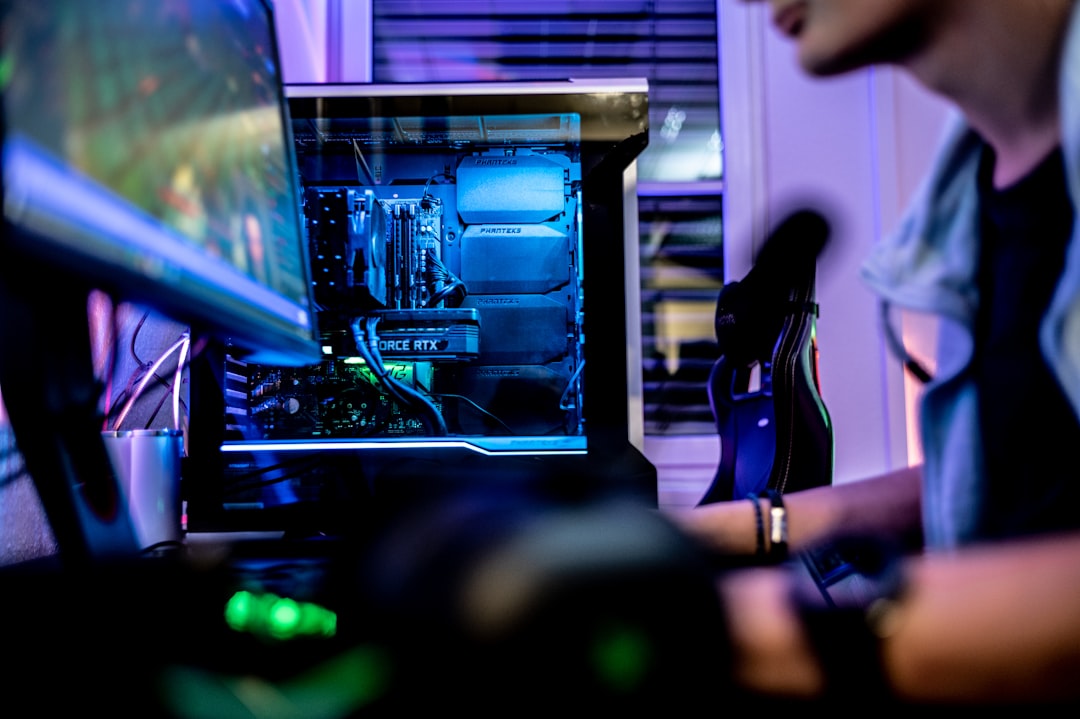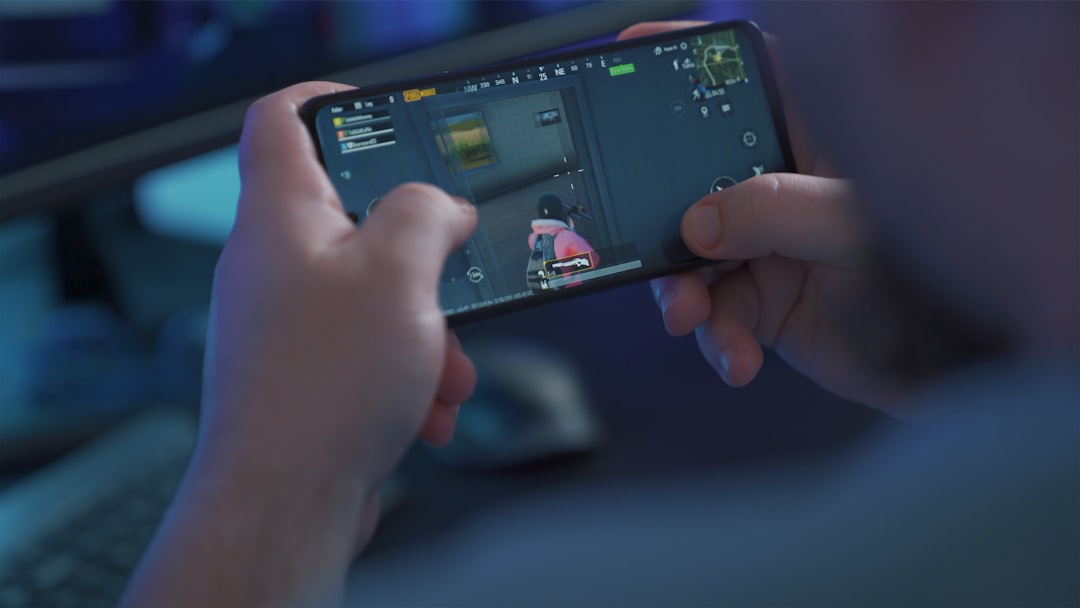When setting up a new monitor for a desktop computer or upgrading an existing display interface, one of the most important decisions you’ll face is choosing between DisplayPort (DP) and HDMI (High-Definition Multimedia Interface). On the surface, both cables may appear similar in functionality — they transmit audio and video from a source to a display — but they differ in key aspects. Understanding the distinctions between the two can help you make an informed decision based on your specific needs, whether for gaming, professional work, or general use.
Contents of Post
Key Differences Between DisplayPort and HDMI
To begin, it’s essential to understand the fundamental technical and practical differences between these two interfaces. Both technologies have evolved over time, with newer versions offering significant improvements over older ones.
- HDMI is more commonly found in consumer electronics such as TVs, game consoles, and home theater systems.
- DisplayPort is predominantly used in PC and professional settings, offering higher bandwidth capabilities and features tailored for computer monitors.
The table below summarizes important specifications across some of the most recent versions:
| Specification | HDMI 2.0 | HDMI 2.1 | DisplayPort 1.4 | DisplayPort 2.0 |
|---|---|---|---|---|
| Max Bandwidth | 18 Gbps | 48 Gbps | 32.4 Gbps | 80 Gbps |
| Max Resolution | 4K @ 60Hz | 10K @ 120Hz | 8K @ 60Hz | 16K @ 60Hz |
| Audio Return Channel | ARC | eARC | Not supported | Not supported |
Use Cases and Where Each Shines
Let’s explore the typical scenarios where either DisplayPort or HDMI would be the preferable choice.
1. Gaming
For PC gamers, DisplayPort tends to be the superior option. Modern gaming monitors often support high refresh rates (up to 144Hz or even 360Hz), and DisplayPort’s higher bandwidth enables support for these modes at higher resolutions.
Furthermore, DisplayPort supports Adaptive Sync, which underpins both NVIDIA’s G-Sync and AMD’s FreeSync technologies, reducing screen tearing and stuttering.

HDMI 2.1 has closed the gap somewhat by offering similar bandwidth in theory. However, many monitors and GPUs still implement only partial HDMI 2.1 features, making DisplayPort a more reliably high-performing choice for competitive or enthusiast gaming.
2. Professional and Productivity Work
Professionals who use multiple monitors or work in fields such as video editing or CAD design benefit greatly from DisplayPort’s daisy-chaining capabilities, thanks to a feature called Multi-Stream Transport (MST). This allows multiple monitors to be connected through a single DisplayPort output — a feature HDMI does not support.
DisplayPort is also more common in professional-grade monitors that offer precise color calibration and better support for high-resolution displays (like 4K and 8K). For users working with high-data workloads or using ultra-wide and high-refresh displays, DisplayPort 1.4 or 2.0 becomes essential.
3. Home Theater and Media Consumption
On the flip side, HDMI is the default standard in TVs and home audio-video equipment. It supports features like Consumer Electronics Control (CEC) and, with HDMI 2.1, enhanced Audio Return Channel (eARC) for high-quality audio passthrough, which are not available with DisplayPort.
Streaming devices, soundbars, AV receivers, and gaming consoles like the PlayStation 5 and Xbox Series X all use HDMI. So, for entertainment setups where video and high-fidelity audio need to work seamlessly, HDMI is the clear winner.

Compatibility and Connector Types
Another critical consideration is compatibility. HDMI is ubiquitous in most consumer electronics. Almost all TVs and monitors include at least one HDMI port. It’s the standard for plug-and-play setups, making it appealing to users who prioritize convenience.
DisplayPort, while being more robust in features, is less commonly found outside of PCs and monitors. In laptops and ultrabooks, it’s often implemented as Mini DisplayPort or through USB-C with DisplayPort Alternate Mode, adding some complexity to the equation.
Adapters are available to convert between DisplayPort and HDMI, but it’s important to note that they usually work in only one direction (from DisplayPort source to HDMI display) and may not support all features like variable refresh rate or ultra-high refresh rates.
Audio Capabilities
While both HDMI and DisplayPort support audio transmission, the level of support varies:
- HDMI supports advanced audio formats like Dolby Atmos and DTS:X, making it preferable for AV applications.
- DisplayPort supports up to 8 channels of uncompressed audio, comparable to HDMI, but lacks advanced audio return functionality like ARC or eARC.
For most users, this isn’t a major drawback unless integrating with a home theater system or high-end audio setup.
Future-Proofing
If you’re planning for future upgrades or investing in technology that will last, it’s worth examining the roadmap for each standard.
HDMI 2.1 supports a wide range of enhancements like Dynamic HDR, ALLM (Auto Low Latency Mode), and VRR (Variable Refresh Rate). Many TVs from 2020 onward have this specification.
DisplayPort 2.0, although not yet widely adopted at the time of writing, blows past HDMI 2.1 in bandwidth, allowing for up to 16K resolution at 60Hz with HDR and even higher refresh rates in lower resolutions. This makes it highly suitable for future 8K and beyond monitors, or high-performance multi-monitor setups.
Power Delivery and USB-C Integration
DisplayPort is also a step ahead in terms of flexibility. Through USB-C with DisplayPort Alternate Mode, laptops can transmit video to monitors while simultaneously charging and handling data. This is increasingly becoming the standard for USB-C docking stations.
HDMI does not currently support power delivery. Therefore, if you’re looking for a one-cable solution, especially for display setups with minimal desktop clutter, DisplayPort through USB-C is the most efficient approach.
Which One Should You Use?
The choice between HDMI and DisplayPort comes down to your priorities and hardware ecosystem. Here’s a quick guide to help you determine the best fit:
- Choose DisplayPort if:
- You need high refresh rates (144Hz and above) at high resolutions
- You plan to run dual or triple monitor setups via daisy-chaining
- You’re focused on PC gaming or professional productivity
- Choose HDMI if:
- You’re setting up a home theater system or console gaming setup
- Your monitor or TV only supports HDMI
- You require high-end audio support (ARC, eARC, Dolby Atmos)
Conclusion
Both DisplayPort and HDMI have strengths and weaknesses. HDMI’s ubiquity and audio-focused features make it an excellent choice for entertainment and casual use, while DisplayPort’s higher bandwidth, daisy-chaining, and better multi-monitor support make it the go-to interface for PC-centric workflows and gaming.
Understanding your usage requirements and checking the capabilities and specifications of your monitor and graphics card are critical before deciding. In many cases, using both interfaces in a dual-monitor setup — with one using HDMI and the other DisplayPort — is also a practical solution.
When equipped with the right knowledge, choosing between DisplayPort and HDMI becomes less of a gamble and more of a strategic decision that enhances every aspect of your digital experience.

